How we generate nuclear power safely
Safety is our number one priority. Find out how we keep you, our employees and the environment safe from harm.
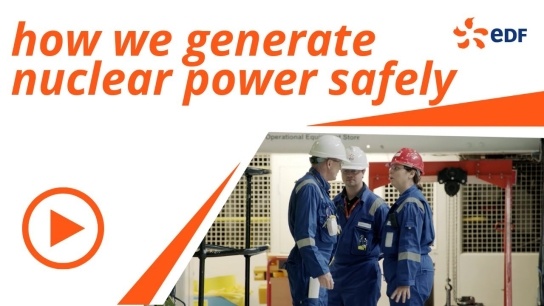
Our overriding priority is safety
As well as our legal obligations we feel a strong moral duty to make sure we cause no harm. The UK has an impressive nuclear safety track record going back 50 years.
Safety in nuclear power stations
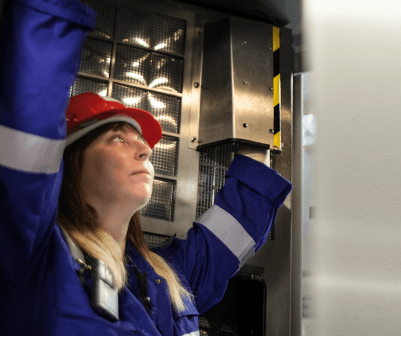
We put rigorous procedures in place to ensure we protect the public, our employees, and the environment. Our safety standards are very high and our emergency arrangements are meticulously planned and rehearsed. Safety is at the heart of our culture, and everyone who works for us believes it, lives it and breathes it. This is never more evident than our research into the impact of natural hazards on the UK's infrastructure.
Strength in design
We have many systems in place to make the generation of energy with nuclear safe.
We build all our new pressure vessels within the reactors using steel and reinforced concrete that’s over five metres thick. They’re built to withstand huge impacts and survive earthquakes, floods and fires.
We practice something called ‘safety redundancy,’ which means we have multiple systems that allow us to shut the reactors down, so we don’t rely on a single system. We also have diesel generators and gas turbines on site in the event that we lose all external power to the site.
We regularly and rigorously train and retrain all our employees so that our safety systems and procedures are always fresh in their minds, with the very latest information.
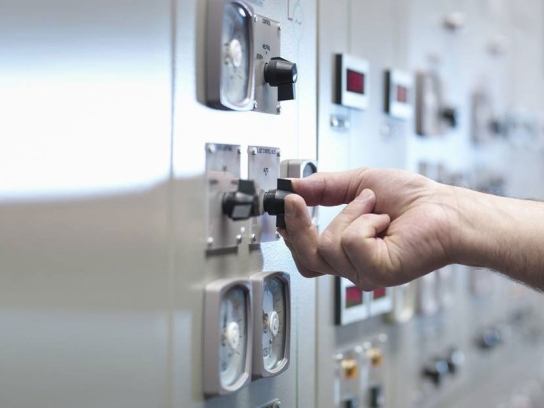
How we dispose of nuclear waste safely
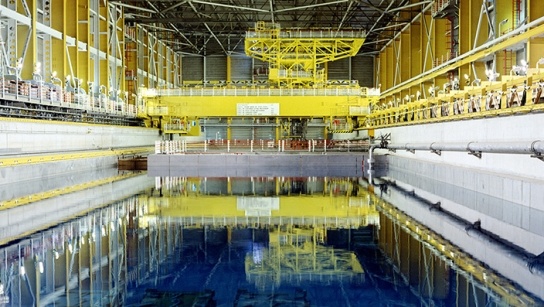
Producing electricity from the nuclear reaction results in small amounts of radioactive waste. How that is handled is very important and depends upon what type it is. It is classified into three categories: low-level, intermediate and high, depending on how radioactive it is. Each type is treated differently.
Low-level waste
This makes up around 90% of the volume of the UK’s radioactive waste, but counts for only 1% of its radioactivity. It’s mostly made up of paper, wood and machinery components. To dispose of this waste, we ensure the waste is treated in the most appropriate manner to ensure that we comply with our environmental authorisations/permits.
Intermediate-level waste
This counts for around 7% of all the UK’s radioactive waste. It comes mostly from the fuel reprocessing procedure and the components used in the reactor removed during decommissioning. Some intermediate-level waste requires special shielding and handling while we encase it in cement and seal it in approved packages. The waste is stored securely within properly designed storage facilities, ready for a planned long term geological disposal facility. Other forms of intermediate-level waste are suitable for treatment. We always ensure we treat waste in the most appropriate manner in keeping with our environmental permits/authorisations.
High-level waste
High-level waste comes from spent fuel after it has been used in the reactor. It makes up just 3% of the volume of the UK’s radioactive waste, but 95% of its radioactivity. The liquid high-level waste is turned into stable and secure glass blocks by heating it until it turns into powder, then mixing it with crushed glass which is then heated until it melts to form a solid block. It can then be sealed into steel canisters. These canisters are stored securely at Sellafield in readiness for a planned geological disposal facility.
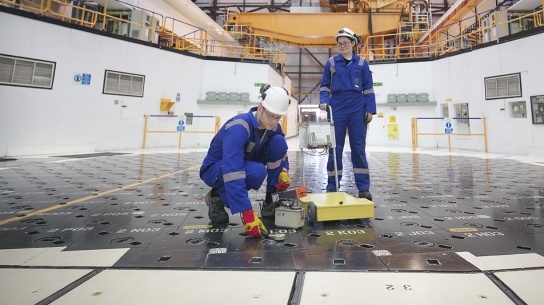
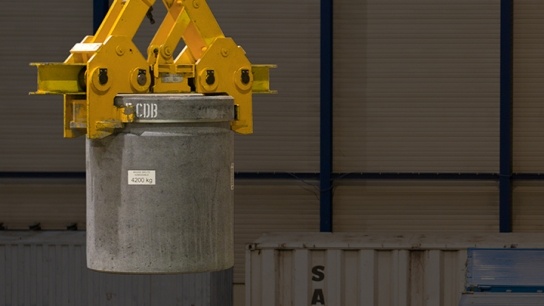
Radioactive waste
Nuclear power produces radioactive waste that also gives off a lot of heat, so it needs to be carefully and safely managed. Most of this radioactive waste is low-level.
A very small amount of high-level waste is produced from the substances left over after the nuclear reaction. This waste needs to be shielded from people and the environment for many years.
What happens when a nuclear power station closes?
The reactor vessel within the nuclear power station can’t be replaced, so when it reaches its end of life the station has to be closed and decommissioned. For today’s new reactors, this usually occurs after an expected working life of around 60 years. For our older UK stations – the Advanced Gas-cooled Reactors (AGRs) - it’s 40 years plus.
After generation ends the stations are defuelled. This involves removing all the fuel from the reactors and storage ponds, and managing where it ends up. At the newest nuclear stations like Sizewell B and HPC, used fuel is stored in special dry stores on site until the station is decommissioned when it will be taken to the UK’s national storage facility that will be built in time for when it’s needed. Fuel from the AGRs will be packaged and transported to Sellafield in Cumbria where it will be stored until the UK’s national storage facility is ready to take it.
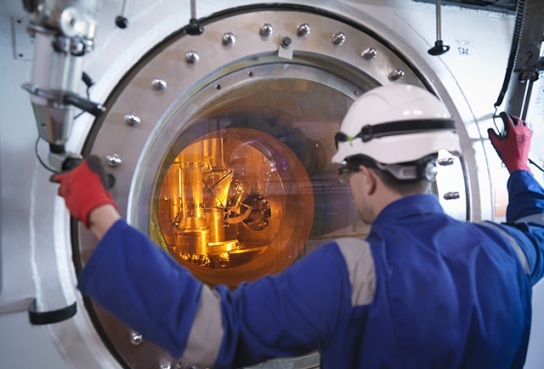
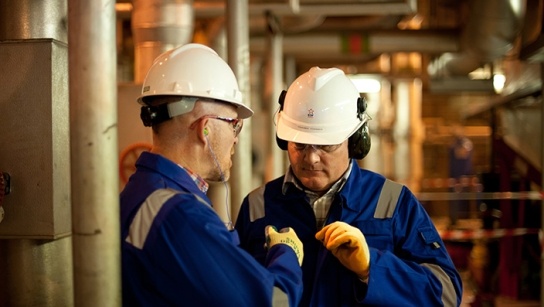
After defuelling, the Nuclear Decommissioning Authority (NDA) is responsible for decommissioning in the UK. Decommissioning is carried out using one of these three methods defined by the IAEA:
Immediate dismantling
The station is defuelled, dismantled and decontaminated as soon as possible after shutdown. The site is quickly cleared and made available for reuse.
Safe enclosure
Any high-level waste is removed and most of the installations are dismantled except for the reactor itself, which is put in a safe state. The defueled and safe power station is monitored for 40-80 years while its radioactivity levels decay. Then the final deconstruction of the reactor can be completed.
Entombment
All radioactive material is placed in one part of the power station, which is then encased in thick concrete. This option is being pursued in some parts of the world, but it isn't actively promoted within the international nuclear community.
Find out more about nuclear energy
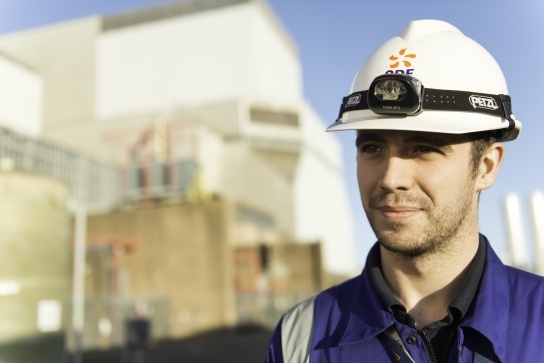
Nuclear lifetime management
EDF's lifetime strategy is to seek life extensions for all its nuclear stations, where it is safe and commercially viable.
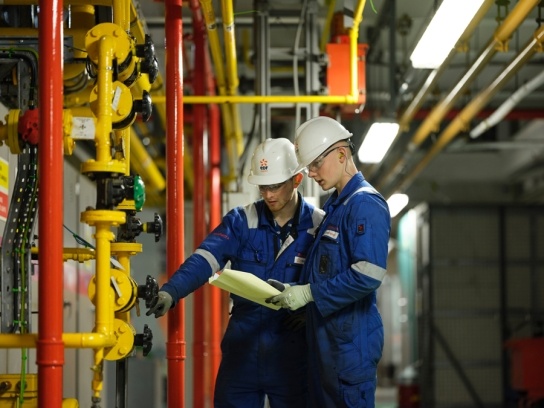
How do you decommission a nuclear power station?
By 2030 all seven of EDF’s AGR nuclear power stations are expected to have ended power generation and be at various stages of decommissioning.

What is nuclear energy?
Find out what nuclear energy is and how it's produced.
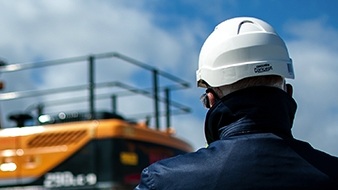
The future of nuclear power
We’re investing in the next generation of nuclear power stations.